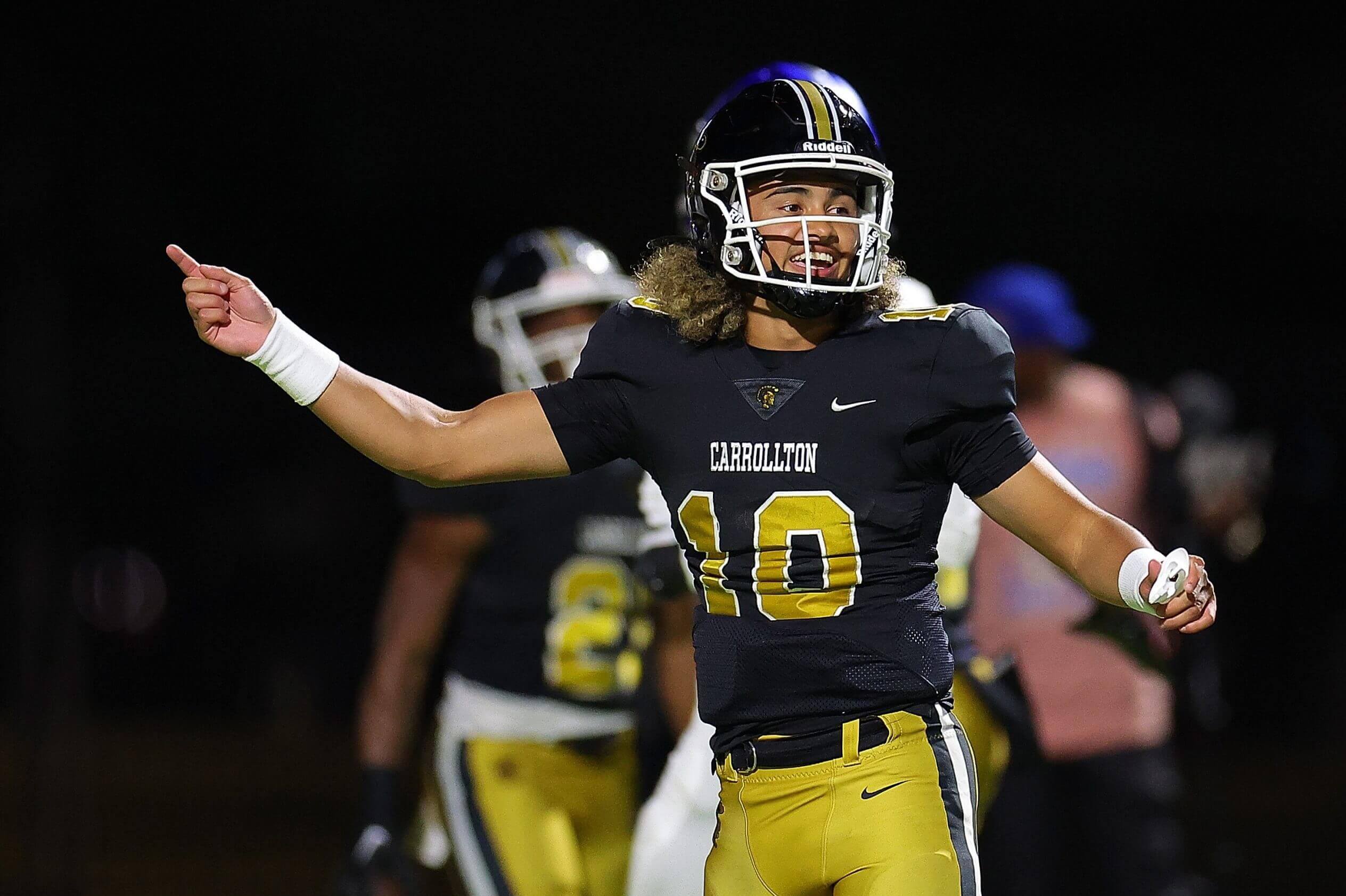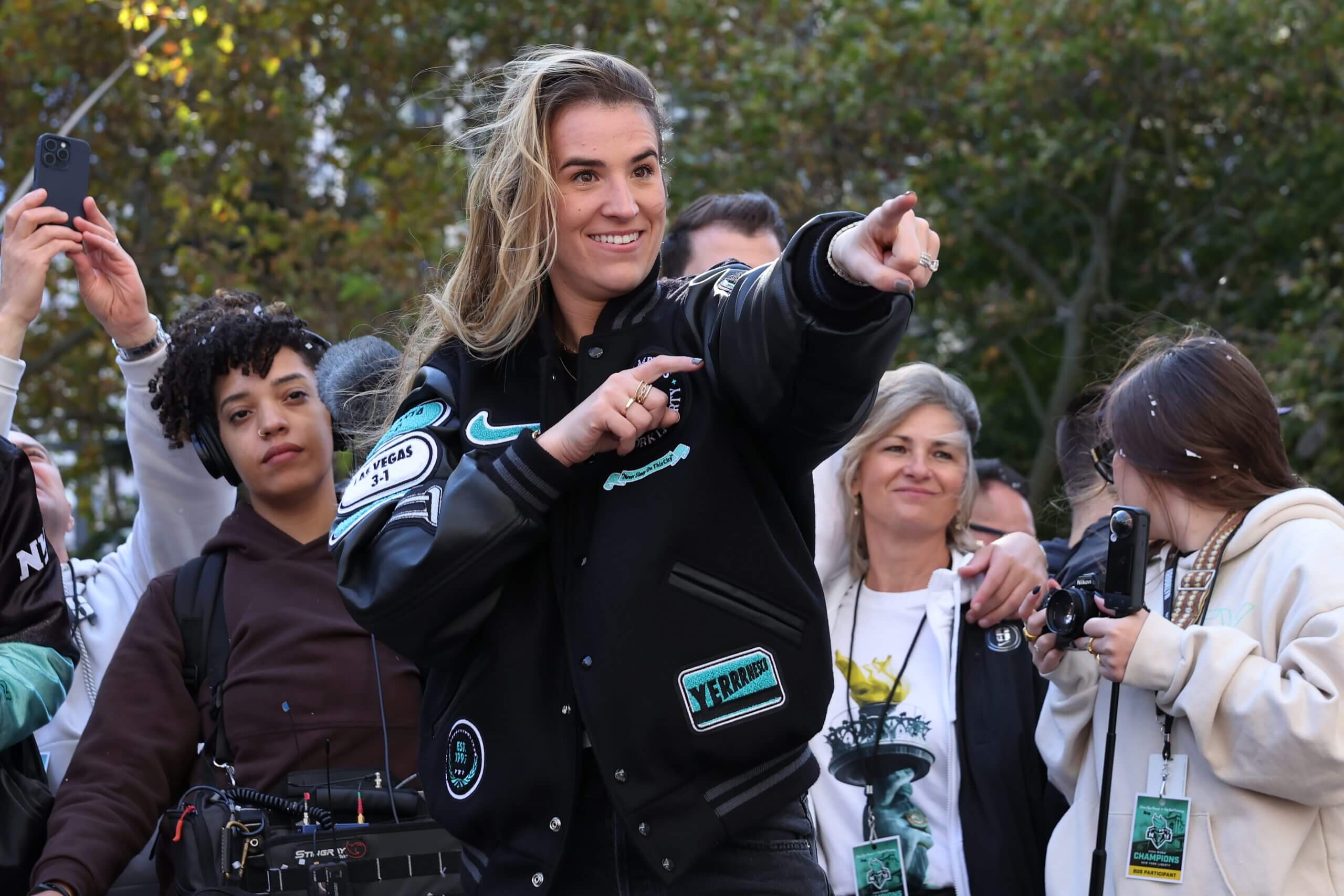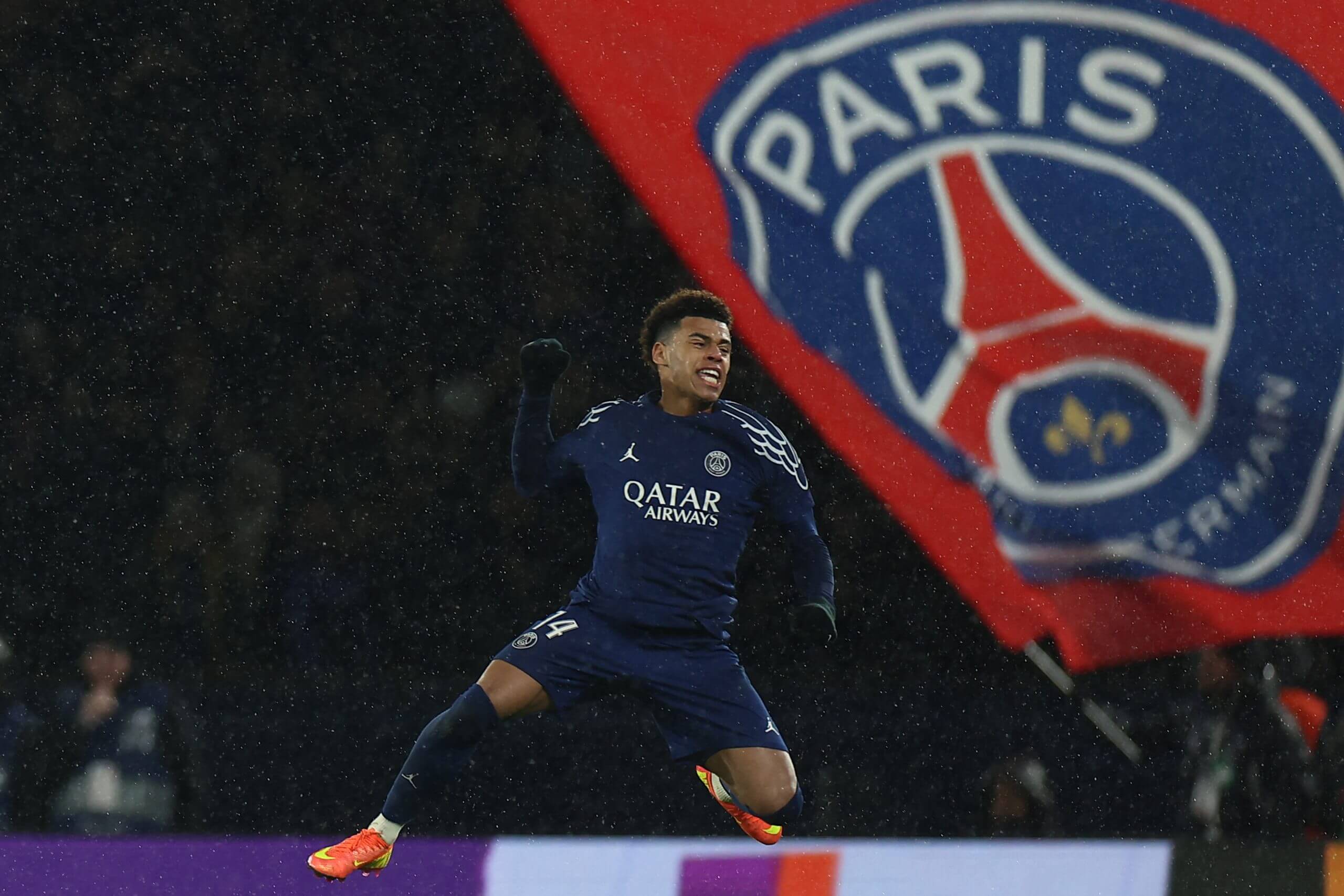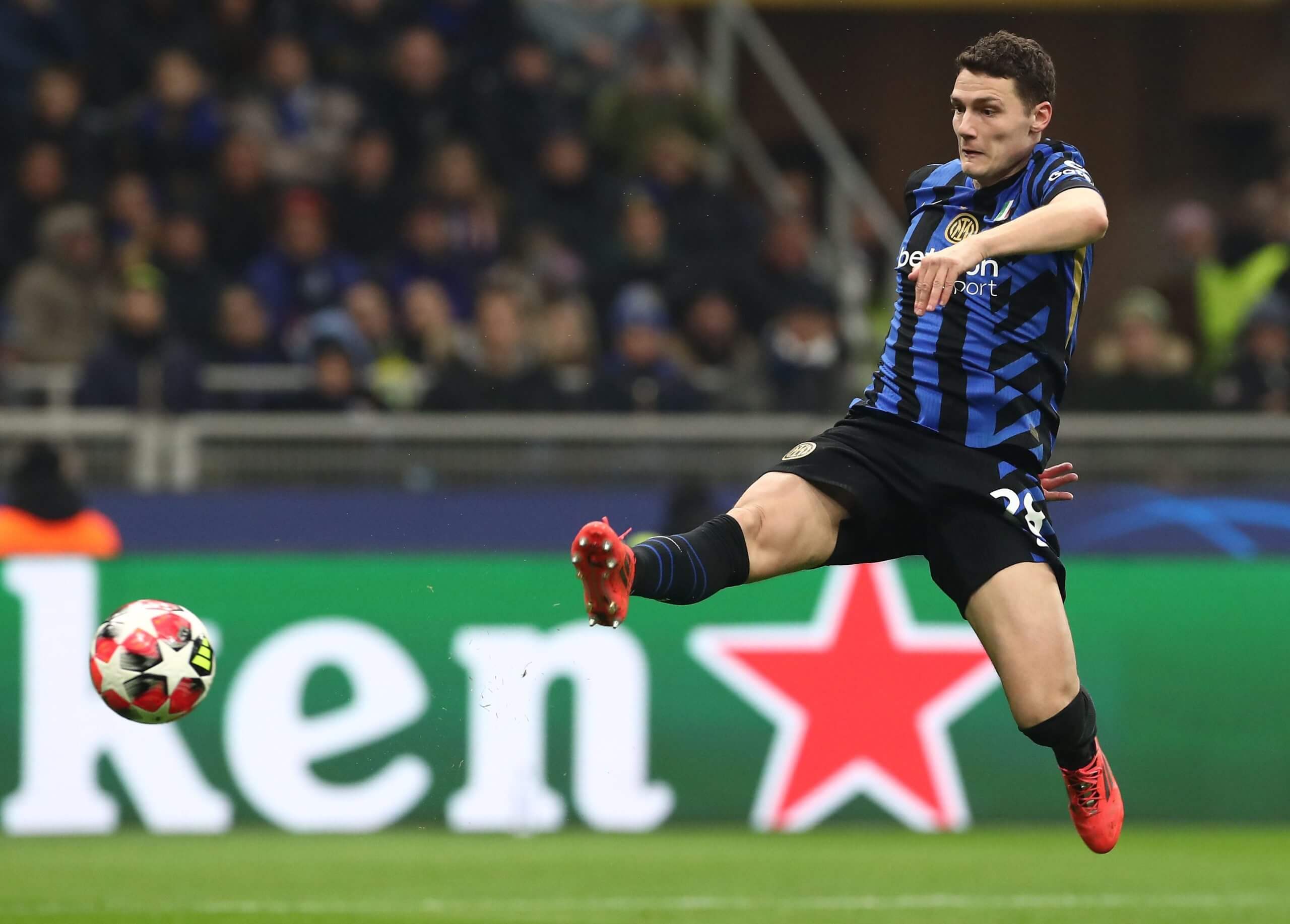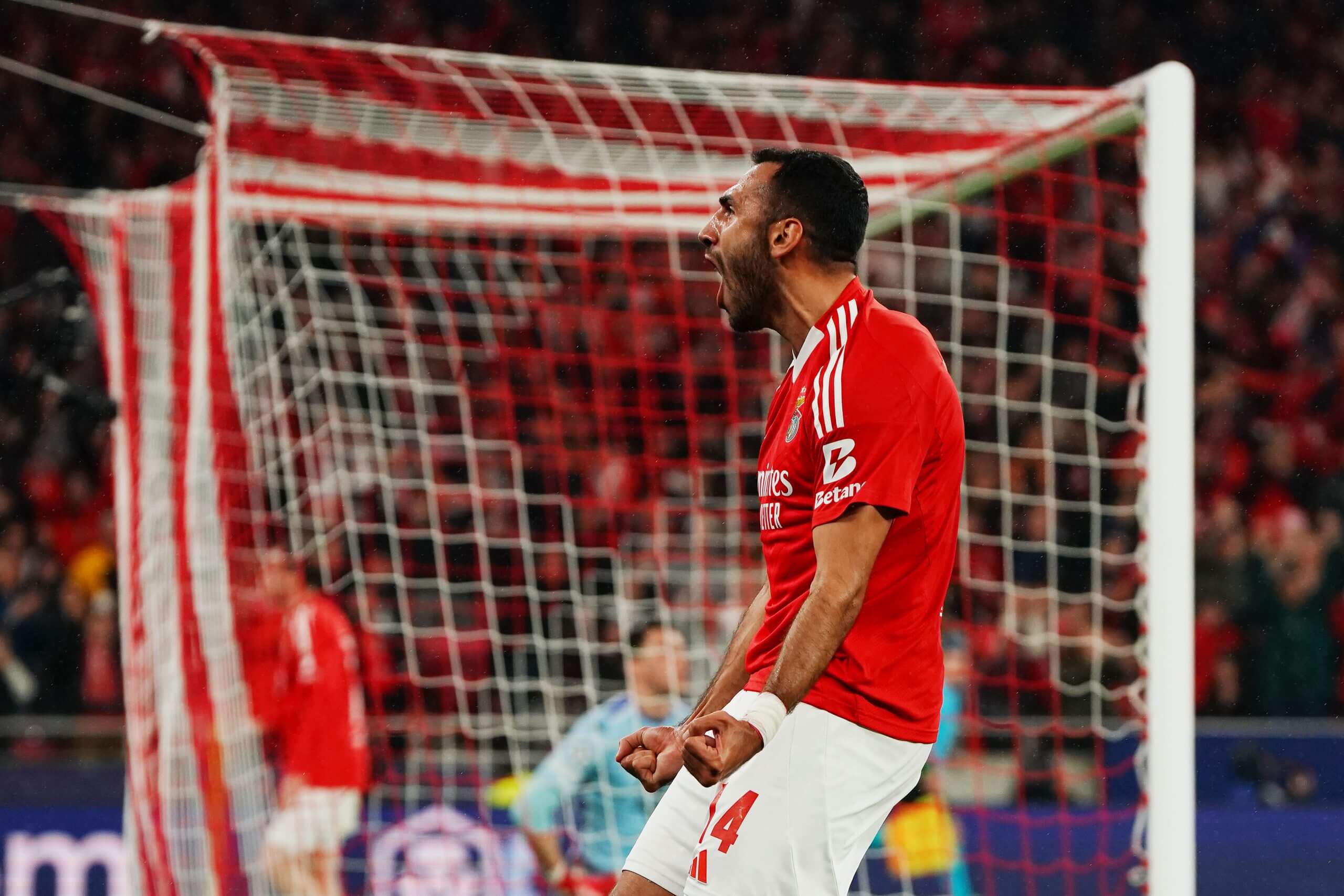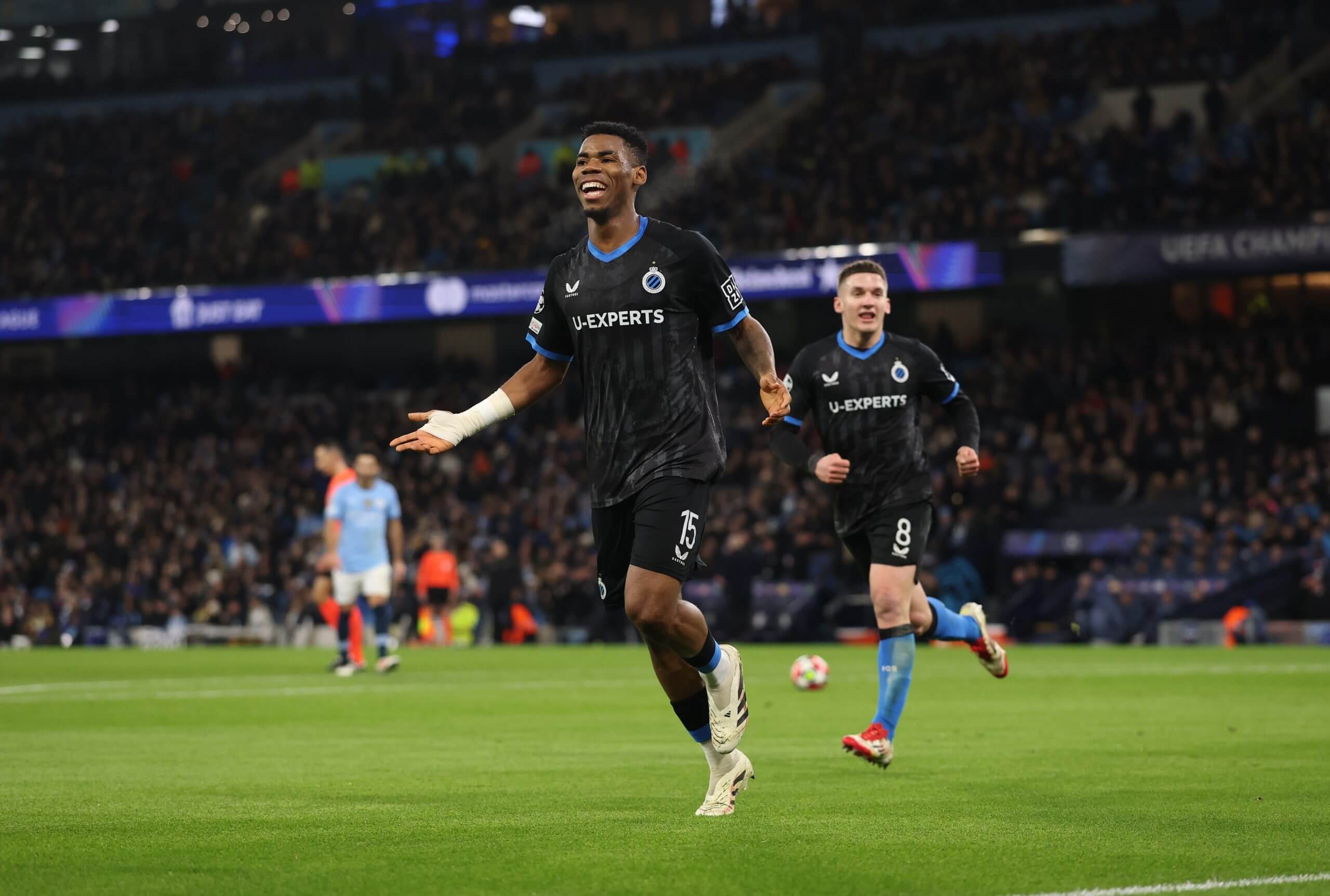Major League Baseball commissioner Rob Manfred is reviewing a request for Pete Rose to be removed from MLB’s permanently ineligible list, which could lead to his eventual selection to the National Baseball Hall of Fame.
According to reports published last Saturday, Manfred met with Rose’s daughter, Fawn, and his former lawyer Jeffrey Lenkov about reinstatement in December. A formal petition was submitted on Jan. 8.
Advertisement
On Friday evening, one day before that news was reported, President Donald Trump posted on social media that he planned to posthumously pardon Rose and advocated for MLB to rescind Rose’s lifetime ban, which was issued in 1989 after he was found to be betting on baseball. Rose died on Sept. 30, 2024, at age 83.
GO DEEPER
Pete Rose, MLB hit king, dies at 83
Rose had previously applied for reinstatement in 1997 and 2015 but was denied both times.
Would a Trump pardon make Rose eligible for the Hall of Fame?
No. Any presidential pardon would be entirely unrelated to MLB’s disciplinary process, which is what is keeping Rose out of the Hall of Fame. Trump didn’t specify what a pardon would be for, but Rose was sentenced to five months in prison for submitting falsified tax returns in 1990. (Rose also faced allegations of sex with a minor stemming from testimony that surfaced in a 2017 defamation lawsuit; he was never charged with a crime in that instance).
Why was Rose on baseball’s permanently ineligible list?
In the aftermath of the accusations that the Chicago White Sox threw the 1919 World Series against the Cincinnati Reds, Major League Baseball instituted an official rule against gambling. MLB Rule 21(d) states: “Any player, umpire, or Club or League official or employee, who shall bet any sum whatsoever upon any baseball game in connection with which the bettor has a duty to perform, shall be declared permanently ineligible.”
An investigation into Rose showed that he bet on baseball both as a player and a manager while with the Cincinnati Reds late in his career. Rose served as the Reds’ player-manager from August 1984 until 1986. He continued to manage the Reds after he stopped playing.
Rose denied gambling on baseball at the time. He later claimed he had an understanding that he could apply for reinstatement a year after agreeing to the punishment. The commissioner at the time, A. Bartlett Giamatti, died eight days after Rose’s banishment. His successor, Fay Vincent, never heard Rose’s appeal.
Advertisement
After denying that he bet on baseball for nearly 15 years, Rose admitted to betting on baseball in his 2004 book, “My Prison Without Bars.” Later, he would sign and sell baseballs with the inscription, “Sorry I bet on baseball.”
So what would need to happen for Rose to be eligible?
The first step would be removal from Major League Baseball’s permanently ineligible list. Rose voluntarily agreed to his punishment in 1989 after an investigation determined he had violated baseball’s rules against gambling on the sport.
In 1991, the Hall of Fame instituted a rule barring anyone on the permanently ineligible list from being eligible for the Hall of Fame. Rose’s first year of eligibility on the Baseball Writers Association of America Hall of Fame ballot would’ve been in 1991. If Rose’s ban is lifted, he would be eligible for the first time.
Who would vote on Rose’s candidacy?
If Rose is deemed eligible, he would not be on the ballot sent to the Hall of Fame voters from the BBWAA every November. Instead, he would be subject to the voting process of the Era Committee, formerly and more colloquially known as the Veterans Committee.
According to a statement from the Hall of Fame, “Voting rules require that candidates on the BBWAA ballot must have played in the Major Leagues no more than 15 years prior to each election. Since Rose’s candidacy with the BBWAA has expired, if he were to be removed from MLB’s permanently ineligible list, he would become eligible for consideration by the Hall of Fame’s Era Committee process.”
The Era Committee is divided into two parts — Contemporary Baseball Era and Classic Baseball Era. The Classic Baseball Era considers the cases of players, managers, executives and umpires who were most active before 1980 and the Contemporary Era handles those from 1980 to the present. The Contemporary is also divided into two parts — one for players and the other for managers, executives and umpires.
Advertisement
Rose’s greatest contributions to the game — the National League Rookie of the Year Award in 1963, the NL Most Valuable Player in 1973, three batting titles, two World Series titles and two more NL pennants, the bulk of his 4,256 hits — came before 1980. Rose won another World Series with the Phillies in 1980, appeared in the World Series with Philadelphia in 1983 and broke Ty Cobb’s all-time hit record in 1985.
The Classic Baseball Era committee meets every three years and will hold its next vote in December 2027, meaning Rose’s next chance at actual induction would likely come in July of 2028.
Last December, the Classic Baseball Era committee elected Dick Allen and Dave Parker. Parker, like Rose, is a Cincinnati native and played for Rose with the Reds. He and Allen, who died in 2020, will be officially inducted into the Hall of Fame alongside Ichiro Suzuki, CC Sabathia and Billy Wagner this July.
The Eras Committee consists of 16 members of the National Baseball Hall of Fame, executives, and veteran media members. As with the BBWAA ballot, a candidate must receive 75 percent of the votes from the committee to be elected to the Hall.
What has Manfred said about Rose in the past?
For Rose’s family’s appeal to be successful, Manfred would have to go back on previous statements that he believed permanent banishment is the appropriate punishment for gambling on baseball.
Rose sent a letter to Manfred in 2022 asking for forgiveness. In November of that season, Manfred told The Athletic’s Evan Drellich that he believed the punishment was just.
“I believe that when you bet on baseball, from Major League Baseball’s perspective, you belong on the permanently ineligible list,” Manfred said in 2022. “When I dealt with the issue, the last time he applied for reinstatement, I made clear that I didn’t think that the function of that baseball list was the same as the eligibility criteria for the Hall of Fame. That remains my position. I think it’s a conversation that really belongs in the Hall of Fame board. I’m on that board, and it’s just not appropriate for me to get in front of that conversation.”
Advertisement
When Manfred denied Rose’s petition for reinstatement in 2015, he said Rose’s conduct was among the reasons he denied the request, writing: “In short, Mr. Rose has not presented credible evidence of a reconfigured life either by an honest acceptance by him of his wrongdoing, so clearly established by the Dowd Report, or by a rigorous, self-aware and sustained program of avoidance by him of all the circumstances that led to his permanent ineligibility in 1989.”
(Photo of Rose: Ethan Miller / Getty Images)



